What to do if your USB stick is not recognized by Windows? A USB device is a useful tool to connect external hardware to our Windows computers.
USB is usually “plug and play”, which means as soon as you connect the USB stick to Windows through a USB port on your computer, Windows will find the USB stick and a window will open to tell you what you want to do with the data on the USB stick. .
However, it often happens that users are not asked what to do with the data on the USB stick. At this point, the USB stick is not recognized and the user cannot read or write the data on the USB stick.
There are several reasons why your USB stick or USB device is not recognized. For example: a broken USB stick. This is usually because some small pins are bent in the USB connection. It could mean software or drivers not working properly, disk partition problems, or conflicts between installed software and the operating system.
Whatever the reason, in this article I offer you some solutions to see if the USB stick or USB device that is not working can get working again.
Before you start, please check the following.
Make sure your USB device is turned on. When you plug your USB drive into your computer, it should ideally turn on automatically with flashing lights on the device to indicate activity. Some devices have a special power cord, or a physical power button that you must manually enable so that your computer can detect the USB stick.
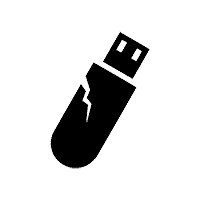 Examine the USB drive for cracks. It is possible that the USB drive has been damaged without your knowledge, so check it physically to rule out any problems before trying again.
Examine the USB drive for cracks. It is possible that the USB drive has been damaged without your knowledge, so check it physically to rule out any problems before trying again.
Broken USB Stick? Buy USB Sticks safely and quickly via Bol.com. Or buy a USB stick through Amazon.
Restart your computer. This is an obvious tip, but it solves many problems, especially those caused by software conflicts and the operating system.
Unplug the USB stick, shut down your computer and unplug it. Wait up to a minute before restarting your computer and trying the USB flash drive again. This applies to USB sticks that require mains power.
Allow your computer to boot up completely before trying the USB drive again. Some computers can be slow and overwhelmed by the many processes they have to perform during startup. It is therefore possible that your USB stick is overlooked when starting up.
Check whether the USB device works on the specific USB port
USB 3 devices sometimes cause problems on USB 2 ports. USB 3 devices often require more power on the specific USB ports and therefore sometimes cannot connect. Check your manual to see if your USB flash drive is compatible with the USB ports on your computer. No manual? Then Google the make and model of the USB stick and check the manufacturer's website.
Windows updates
Check for Windows updates. Windows update provides software that supports hardware and other devices. I advise you to Windows update to check if Windows updates are available.
In the search box at the bottom of the Windows taskbar, type: windows update.
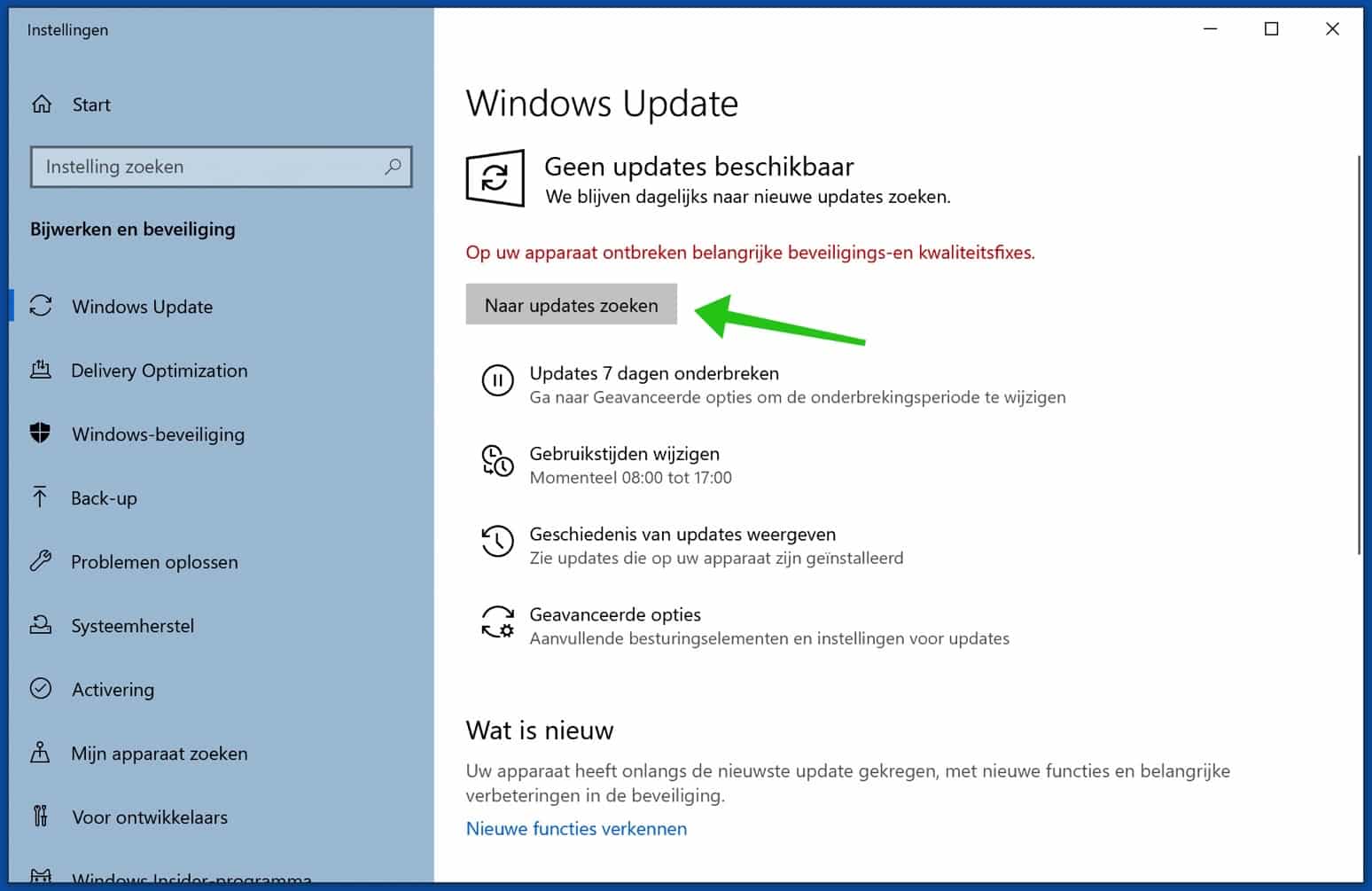
Disk management
Disk management checks whether Windows will detect your USB drive. It also shows you all hard drives connected to your PC and you can view information such as partitions, size and more.
Plug in your USB drive and right-click on the Start button and open Disk Management.
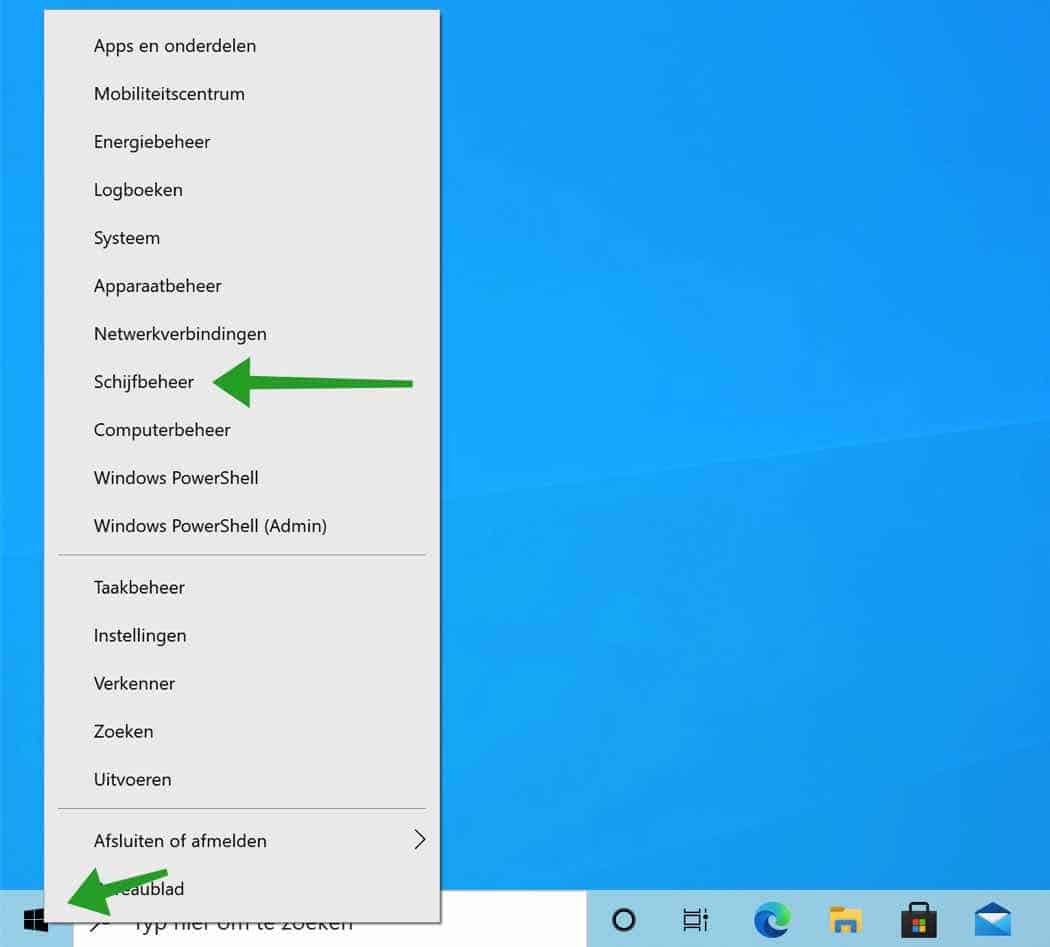
Check your USB drive under primary or secondary drives.
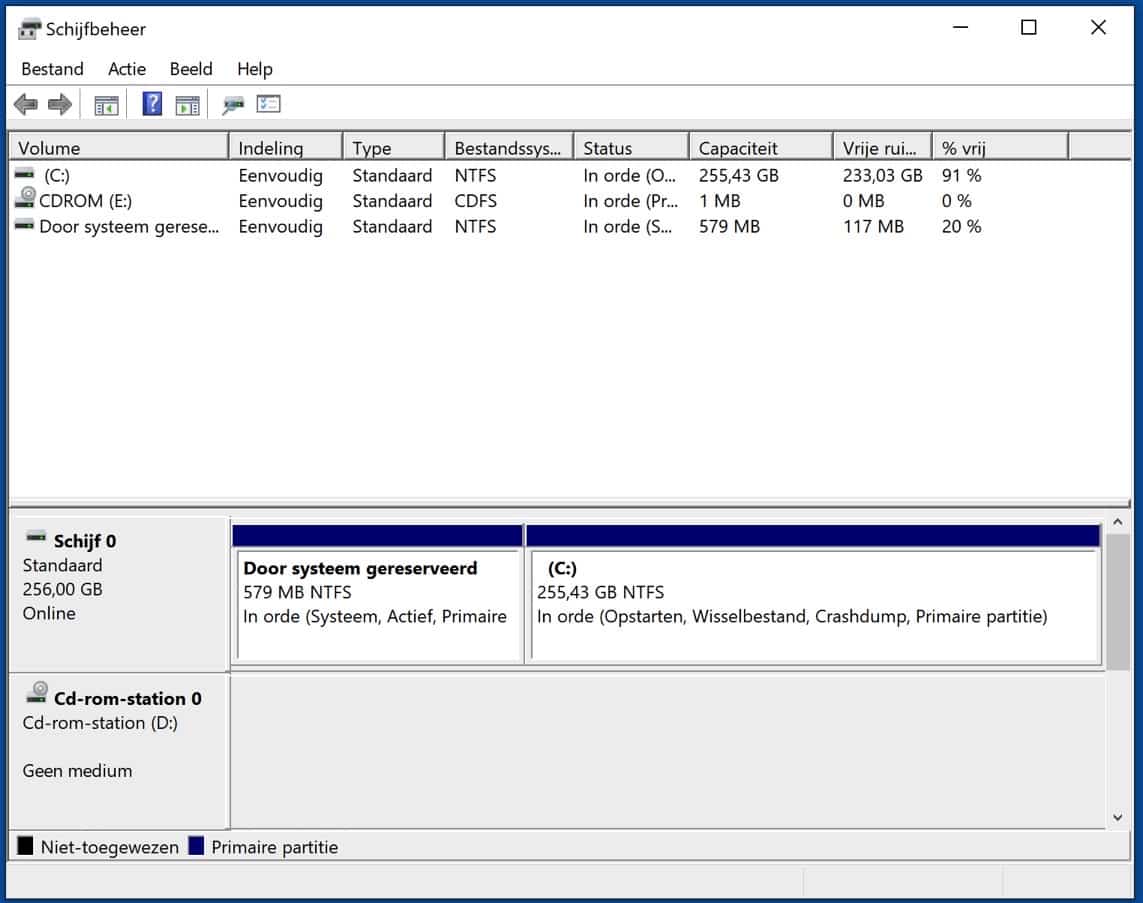
If you see the USB in the Disk Management utility, you can create a new volume and a assign drive letter. This way you can partition or format the USB device so that it can be easily detected by other devices, including your computer. Not found in Windows? Try formatting the USB drive as NTFS.
If your USB drive is not showing up, it could be a driver or hardware problem.
Connect the USB stick to another computer or other USB port
Remove the USB stick from the current port on the computer and try connecting it to another computer and/or USB port. If the USB stick works on the new USB port or computer, the USB port may be damaged, or the computer itself may have a problem.
A defective, damaged or broken USB port causes problems such as USB drives not being detected or error messages showing. Check that the port is clean, dust-free and sturdy. If it moves up and down or feels loose, the USB port may be defective or damaged.
If you are using a USB hub, remove the USB stick from the USB hub and connect it directly to your computer. Some hubs do not have enough power to run USB devices.
If the USB drive does not show up even after trying another port, computer or checking Disk Management, the USB drive is probably broken and needs to be replaced. Buy USB Sticks safely and quickly via Bol.com.
USB driver problems
You can troubleshoot driver issues using Device management.
Right-click Start and click Device Manager.
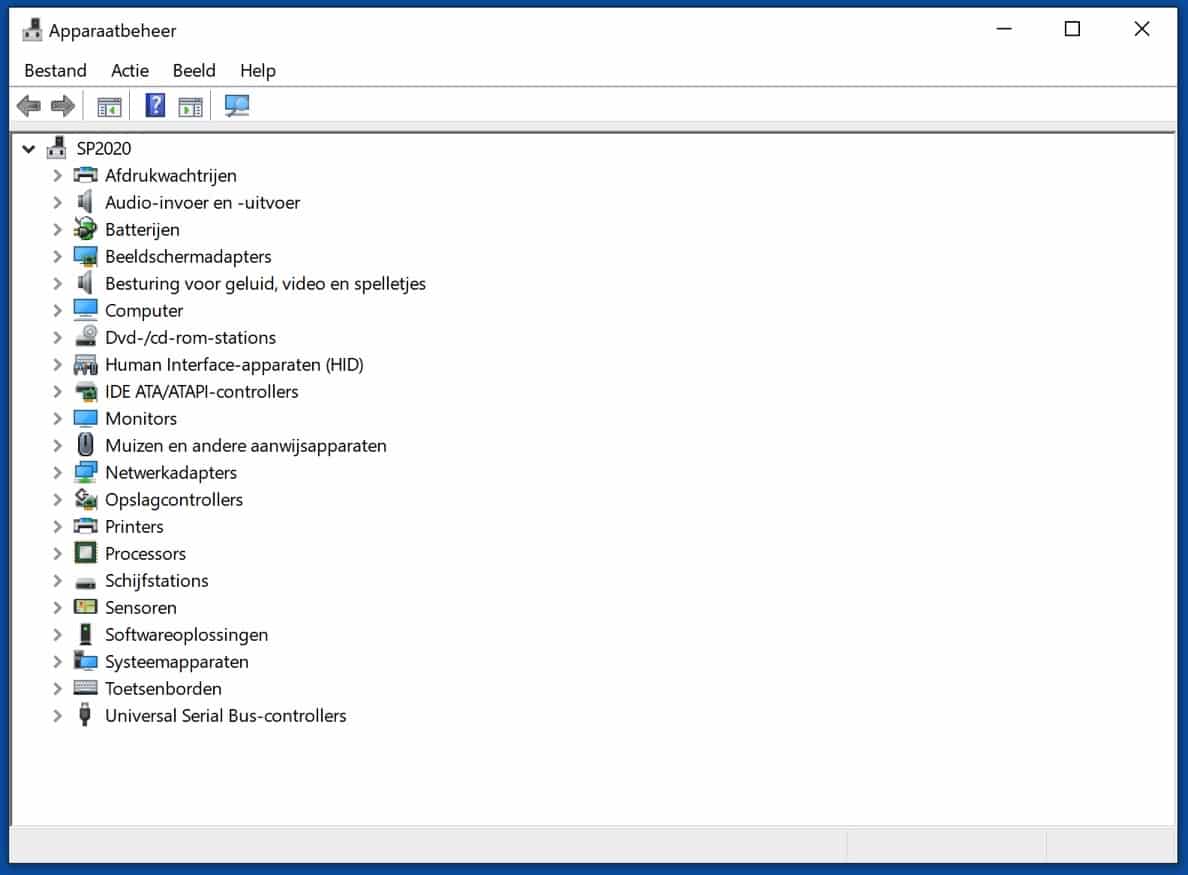
Check if there is a yellow exclamation mark next to any of the USB devices listed. If there are one or more devices with this mark, then there is a problem with the drivers for this device.
Right-click on the problematic device and click Properties to see the associated error message. You can search for the error online to find a solution to the problem.
You can also try the following solutions to resolve driver issues:
Roll back the driver to revert to recent driver updates and take your device back to a time when it functioned properly.
Download drivers from the USB device manufacturer's website on the download page, the support page, or by searching the Google search engine for the appropriate driver.
Work it update driver by right-clicking on the driver in Device Manager, select Update Driver and follow the directions.
Not working yet? Uninstall the driver, restart the computer, and wait for the device to reinstall the correct driver and configurations.
Reinstall USB controllers
Right-click Start > Device Manager and click Universal Serial Bus Controllers to open the list.
Right-click on your device and click Uninstall. Then restart your computer to automatically reinstall the USB controllers. Reinstalling can solve many problems.
Disable Selective USB Suspend Settings
This is a power saving setting that helps reduce battery consumption by cutting power to your USB drive when it is plugged in.
To ensure that your USB drive does not turn off for any reason, disable this feature so that the power management settings do not overwrite the USB controller, causing Windows to not detect it.
In the Windows search bar type: Control Panel and open the Control Panel.
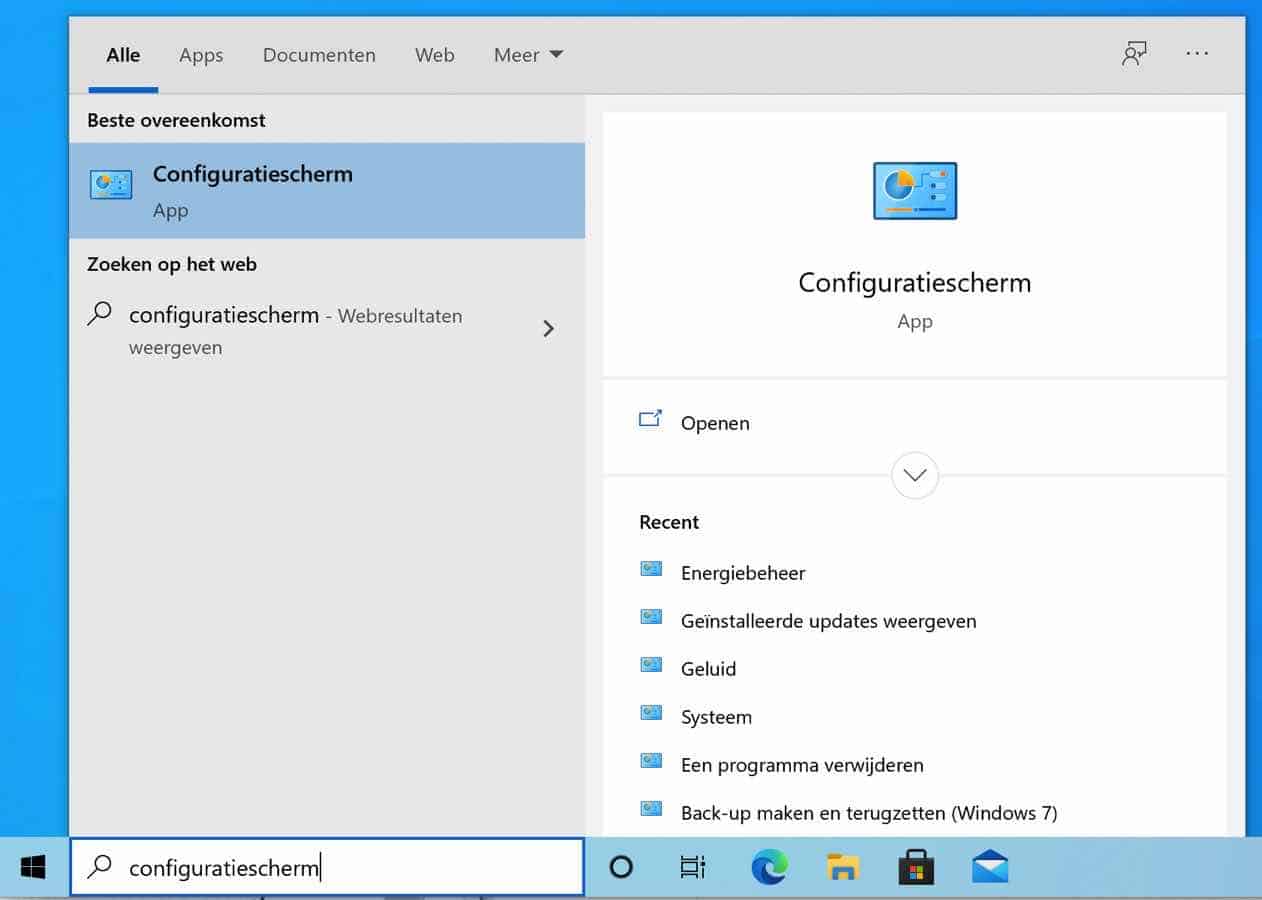
In the Control Panel open the Hardware and Sound settings.
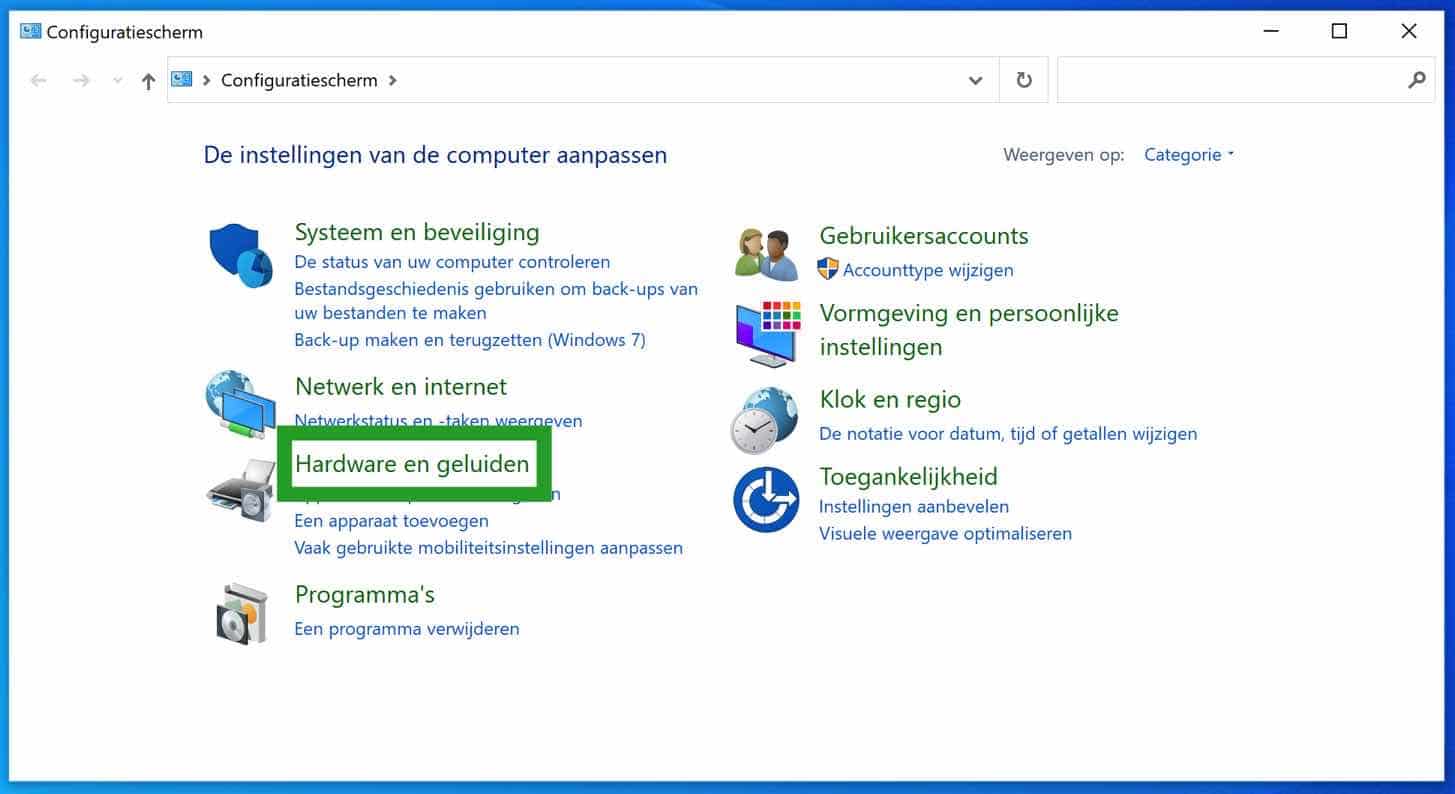
Then click on Power Management.
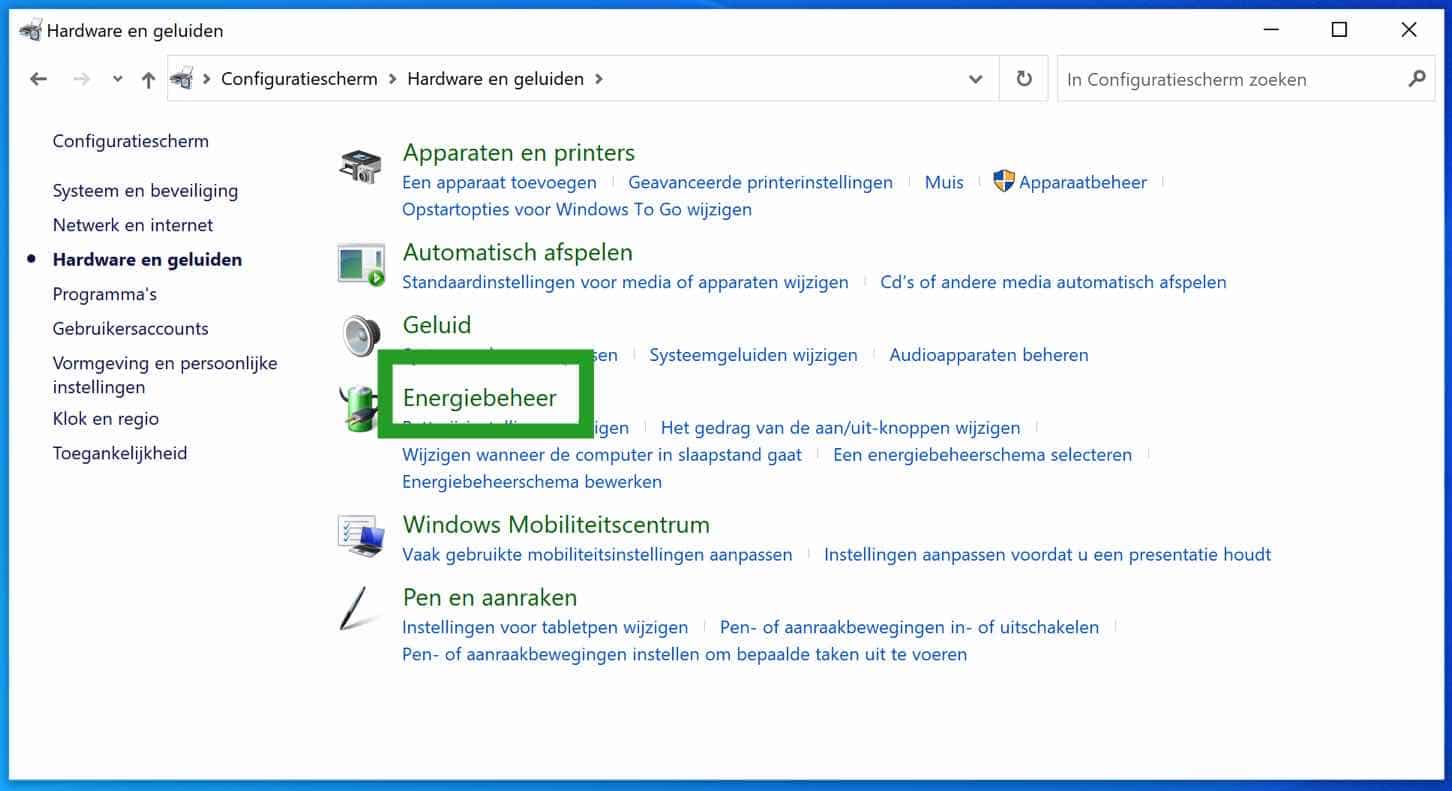
Then click on Change schedule settings.
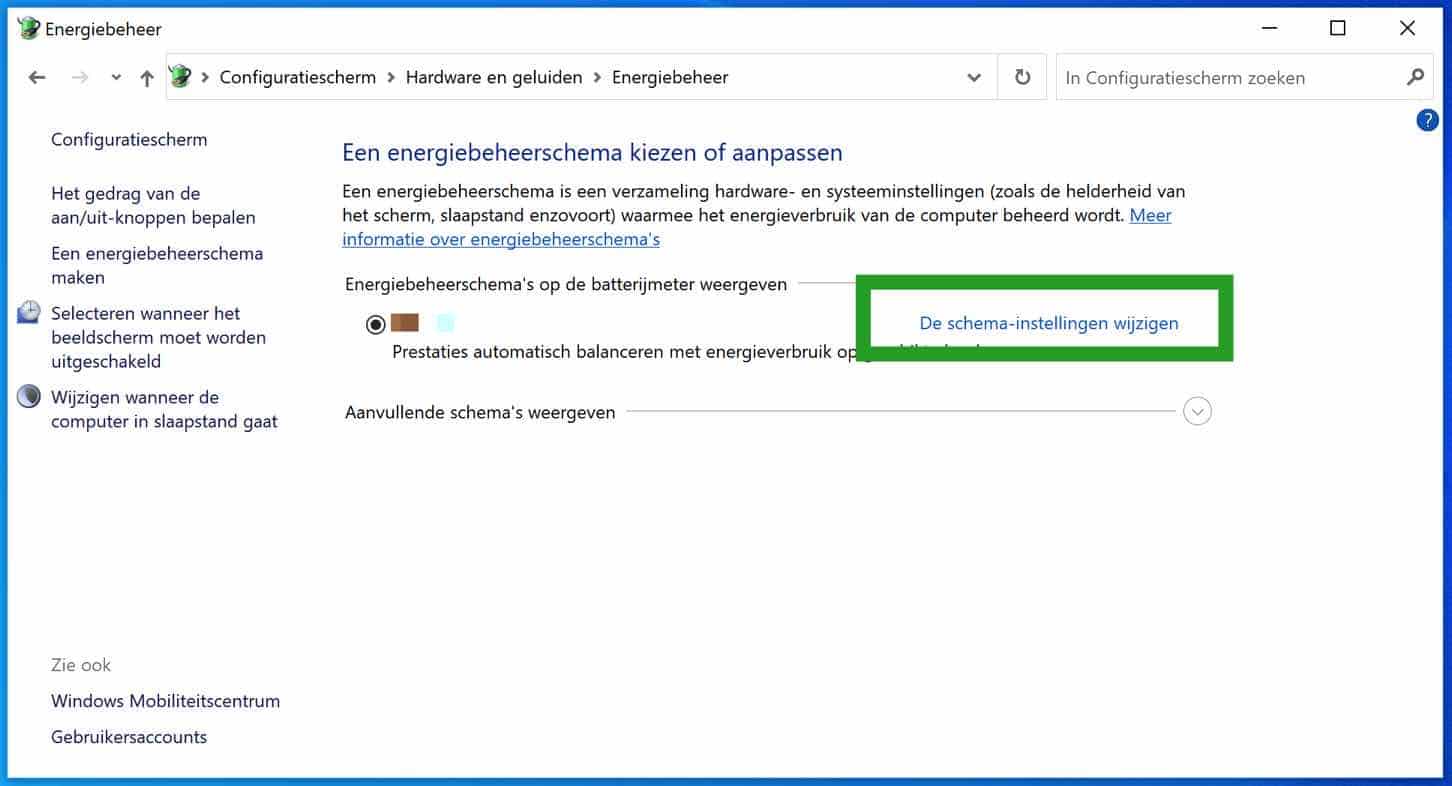
Then click Change advanced settings.
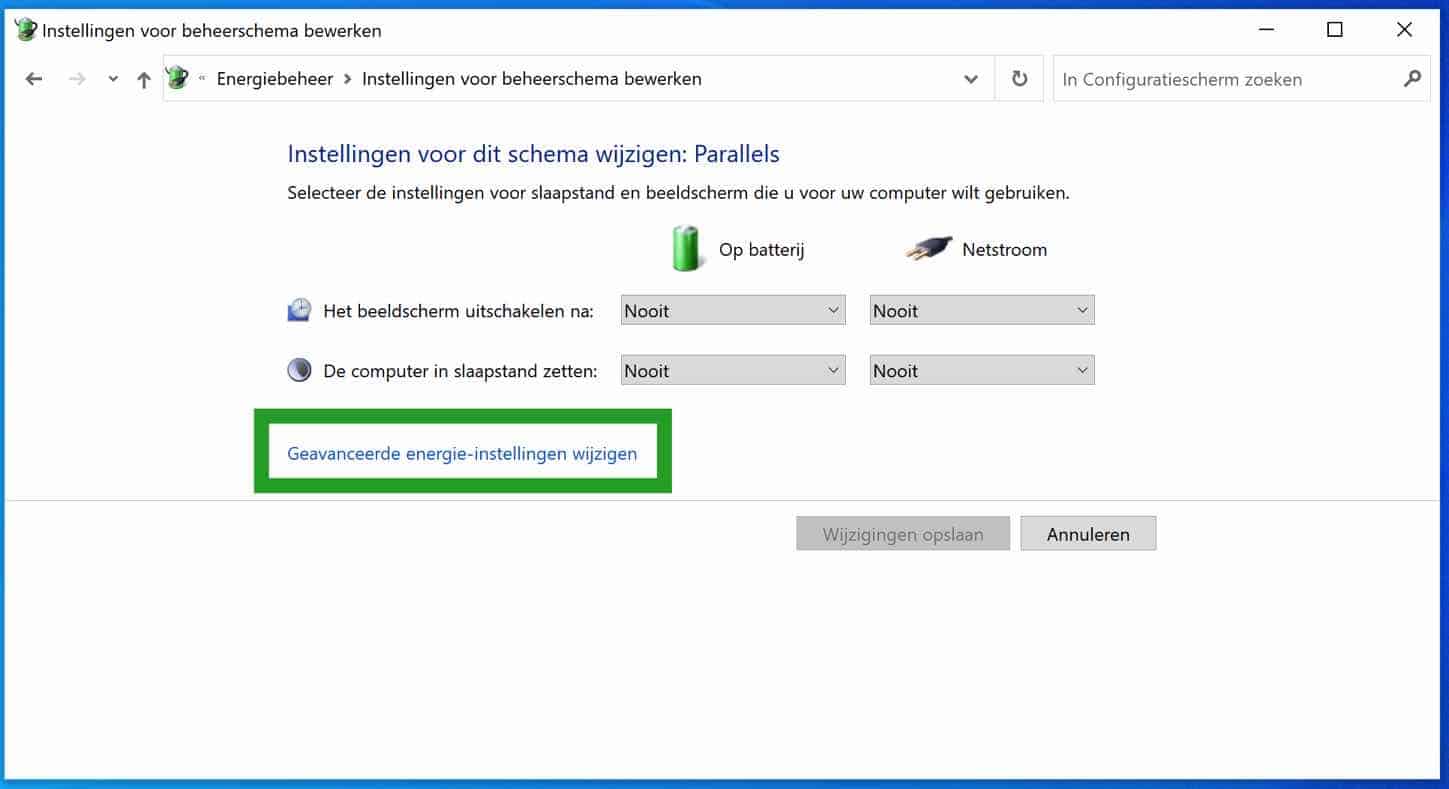
Go to USB settings and open it. Change On Battery (laptop) or AC power to: disabled.
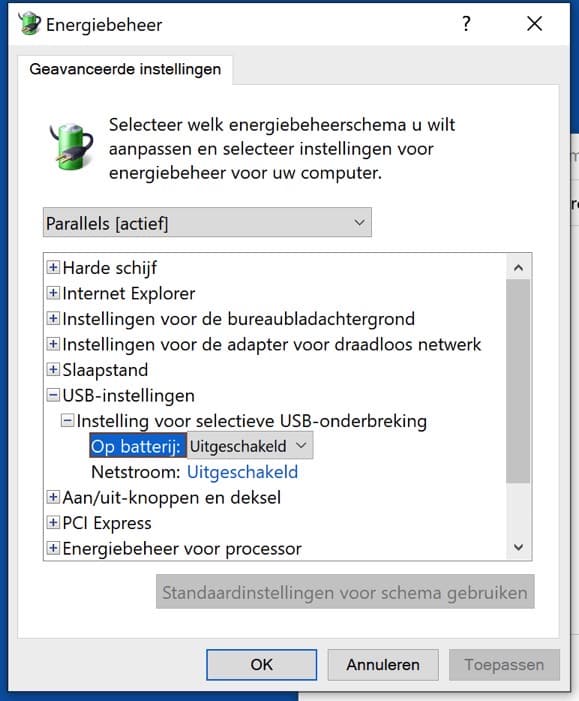
Click Apply then OK and restart your computer for the changes to take effect.
If all else fails, you can replace your USB stick as a last resort. I hope this article helped you solve problems with your USB stick!
Please note: I cannot review hardware over the internet. If you are still experiencing problems with a USB stick or other USB device, I recommend consulting a specialist.

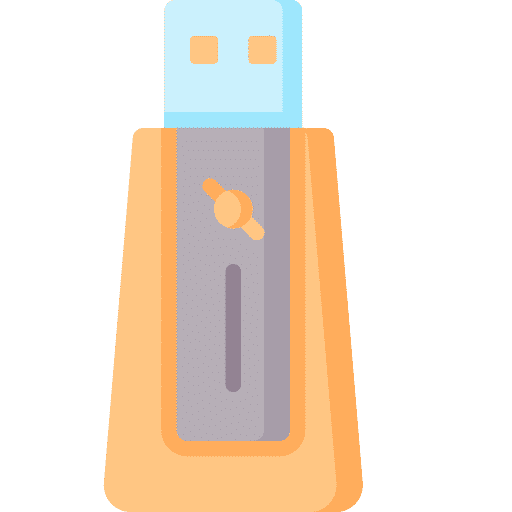
The PC can no longer read the memory stick. Panic! Can you please help me? This unique – essential – information should not be lost.
Hi Bart,
The instructions contain the tips that I recommend trying out. If you have already tried this, I recommend that you seek out a specialist who can help you recover data on a USB Stick. Assessing hardware via the internet has not yet been possible for me, this must be carried out by a specialist. Good luck!
I'm just reading your article. Bought several USB sticks of 2TB. Problems arise every time when more than 30GB of data is placed on the USB stick. That's too bad. Video files can no longer be played. I hope your article can help me.
What kind of problems? If you see an error message, what exactly is happening, and I can help you.
Dear,
Next problem: acer laptop gets stuck on the home screen.
With the following message BI Initialize library failed 0xc0000185
Boot USB stick created Windows 10 is not recognized.
The Best
I inserted my stick into my hp laptop, with my computer originally finding the stick. I could also transfer documents to it. A few moments later my computer can no longer find the stick.. is there a solution for this? thank you in advance!
Hello, first of all you need to determine whether the USB Stick is not broken. Check this by using the USB stick in another computer. Restarting the computer can also help.